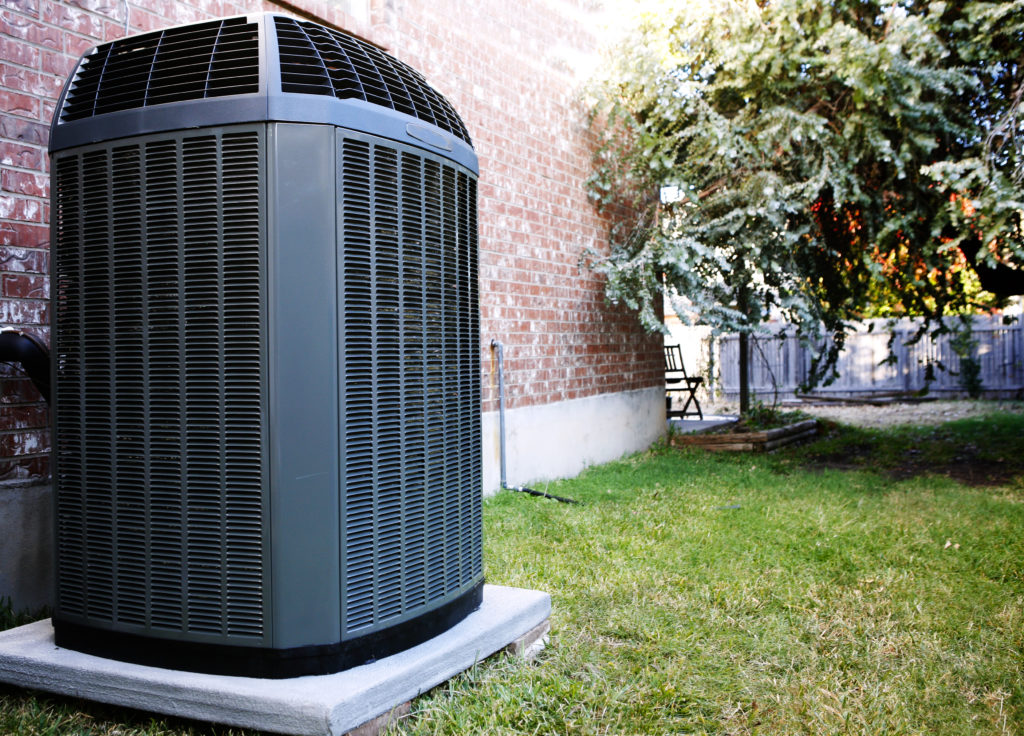Do air conditioners bring in fresh air from outside?

Despite our love of its many benefits, the operation of a heating and cooling unit typically remains a mystery, even to its greatest fans. For various reasons, not the least of which are comfort, indoor air quality and ventilation, homeowners are often left to ponder how their system works at bringing cool air into their home…. Does it pull in air from the outside for distribution? Surprisingly enough, that’s not really how it works…
Does my air conditioner take in outside air?
In short, no. Though in split system air conditioning design, commonly heat pumps, part of your system is located outside your home, it does not take in outside air. Outside air is brought into the system from an intake which is generally located by your furnace, but is occasionally its own, separate system. Its main operational purpose of cooling the air in your home is not achieved by moving cool air inside, but by moving unwanted heat out. How does it accomplish this?
Kicking hot air to the curb
To remove the heat from your home, your air conditioner pumps it outside via the heat pump, which can operate in either direction… Moving heat (or thermal energy) outside in the summer, and inside in the winter. How does it manage to capture and release this heat? The air conditioner pump, called the compressor, sucks warm air out of your home, removing it outside with the help of a special fluid, refrigerant. Encased in a closed metal loop, this refrigerant offers a shuttle for this heat exchange.
Keeping it cool
Called the refrigeration cycle, the thermodynamics of this heat exchange include a series of changes in temperature, pressure, and state (liquid/vapor) to remove this heat from your home. This cycle has four stages:
- Heat from the inside the house is absorbed by refrigerant.
- The refrigerant gets hot.
- The heat from the house is transferred outside via the refrigerant, flowing from warmer to cooler to be released/transferred to outdoor air.
- The refrigerant gets cold, and is distributed through the house by other components of the system.
Air Changes
When the refrigerant passes back into the house, it passes through a narrow valve into the evaporator, which is kept at low pressure, meaning when the refrigerant flows in, it quickly expands. This expansion causes the fluid to become very cold. A fan then blows air on it, distributing it via ductwork through your home. This is also part of the heat transference process, because as the cooled air is distributed, air blown onto the evaporator (from return ducts) again transfers heat into the fluid. The refrigerant is then pumped back to the condenser, beginning the cycle again.
Does this mean I need additional ventilation?
That depends upon your needs. Additional ventilation, installed by a trusted air conditioning company, can lower your utility bills by reducing your cooling needs, or improve air quality. The style and function of such ventilation will vary based upon your home’s age and construction, and your family’s health and comfort needs.
Call NexGen Today
Our expertise and commitment to customer satisfaction make us the leading HVAC company in Southern California. To learn more about our equipment, services, and protection plan,
book an appointment online or call
888-277-0415.









